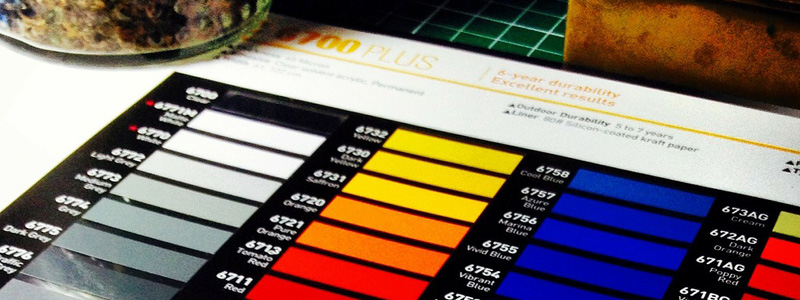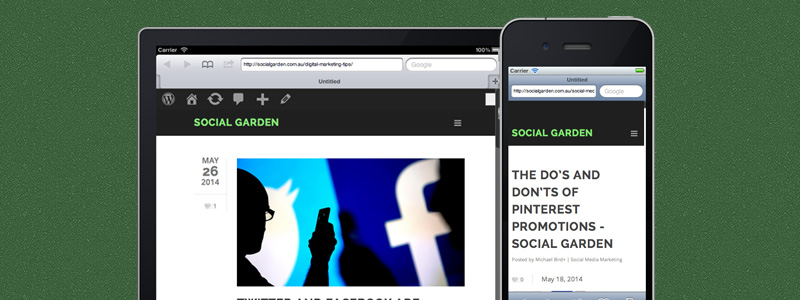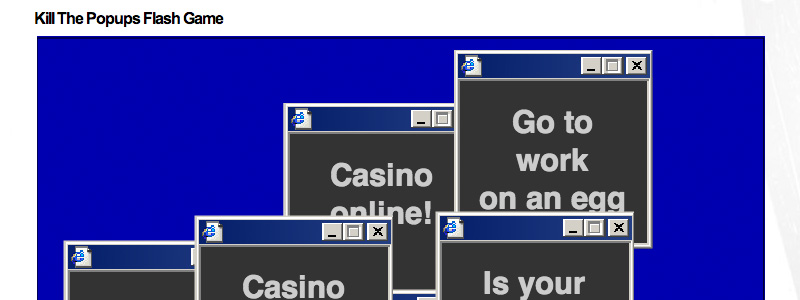BLOG
How We Reduced Our Bounce Rate by 20 Percent Overnight
You’ve probably heard of a bounce rate and chances are, you know what your website’s rate is, but many site owners just don’t know how important this number really is.
So what is a bounce rate anyway and why should you be watching it? Your bounce rate is the number of visitors who land on one of your web pages and then immediately click back or leave in some way.
There could be a number of different reasons for this. They might be searching for something, clicked your link and quickly realised it was not what they needed. They also might have typed in your web address and then quickly closed the browser. Whatever the reason was, the visitor did not stay on the site for long, and they certainly didn’t read anything.
Don’t confuse the bounce rate with the exit rate. After all, a visitor will have to leave eventually, but an exit rate infers that the user read through your content and will know to return if they need more information or genuinely enjoyed your content.
You might argue that so long as you get traffic, who cares if visitors actually stick around, but statistics have shown that about forty percent of people who bounce off a site never return to it. They’re more likely go to your competition and avoid you entirely.
Now that you know why this is a problem, what can you do to fix it? Check out these easy-to-follow steps and you’ll have a better understanding of how to handle your bounce rate.

Spruce Up Your Website
Taking a fresh look at your web design is a good place to start. Does your blog have these key features?
- A clear statement, usually at the top of the page, about who you are and what the purpose of your blog or website is?
- Properly titled content that captures the reader’s attention
- Content that either talks in-depth about a topic, offers a solution to a problem or teaches a reader how to do something
- Clear formatting (text, font size)
By reformatting the look of your blog, you’ll give readers a reason to stay or come back more and more. Be sure you’re updating your content on a regular basis. You can also go back to old posts to add new information as it becomes available.
Create Better Content
We touched on this briefly, but you might have to reconsider how you’re reaching out to your readers and how well you’re doing with keeping them engaged.
When readers search Google, they’re looking for one of three things: entertainment, problem-solving techniques or information about a topic. Your content should fall into one of these three categories. A photography blog might post a review of a new point-and-shoot camera, a how-to article about how set up a perfect outdoor evening shot or an article outlining the three steps to proper white balancing.
Provide a few images and keep your content free of jargon. Even if you write for experienced photographers, you’ll have a lot of novices reading as well. Don’t leave them out.

Photo: CC-BY-2.0 2006 Blue Lotus
Organise Your Content
After you display your mission statement at the top or near the top of your website, you should work on organizing your site to make it easier for users to find what they need. You want your visitors to stay even after they’re already gotten what they need from one of your articles.
Creating a sidebar with links to related blog posts is a good first step. You can also add links to eBooks and display your image and any testimonials you wish to display. This will give your blog a more personal touch and let readers put a face to the person typing the words.
If you feel your page navigation is at its best, try using Crazy Egg’s heatmap services. The company can provide you with a detailed heatmap to show you how users are moving from place to place on your site.
Optimise Smartly
You should already be using keywords and external links in each post, but if you’re not, start doing it immediately.
Popular keywords change all the time, and just because one is popular now doesn’t mean it will be later. Update your strategy often and use keyword analytics tools to find out which keywords will work best for your content.
You may feel like providing external links only gives readers a better opportunity to go elsewhere, and in fact, you may be right. They might not comeback. However, having good, quality external links does improve your link profile.
Rather than letting people leave for good, blog hosts such as Word Press allows you to create the link and tell it to open as a new tab or window. This will keep users on your site while giving them the option to browse other related content.

Make Your Site Browser/Mobile Friendly
Browser users tend to be loyal to one browser whether it’s Google Chrome, Mozilla Firefox and even Internet Explorer. You have to be sure that your site will be accessible across all platforms. If it only works on one browser, readers usually won’t take the time to switch browsers just so they can read your content.
Did you know that more than twenty percent of web users log on through their phones and tablets? As more people gain access to these types of technologies, that number may grow and the browser as we know it could disappear forever.
Make your site mobile friendly to keep these users from automatically hitting the back button.
Banish Pop-Ups

Remember this game?
Kill the Pop-ups is as relevant now as it was ten years ago. Bottom line, everyone hates them, and they will chase users away faster than an angry skunk.
If you have pop-up ads, get rid of them. If you have pop-ups asking people to subscribe, consider taking them down. New users aren’t sure about your site yet. They haven’t poked around. Give them a chance to see your awesome content, and they’ll find a way to subscribe.
Beware of self-starting videos and even moving images. These often encourage people to back out of your website and never visit again.











